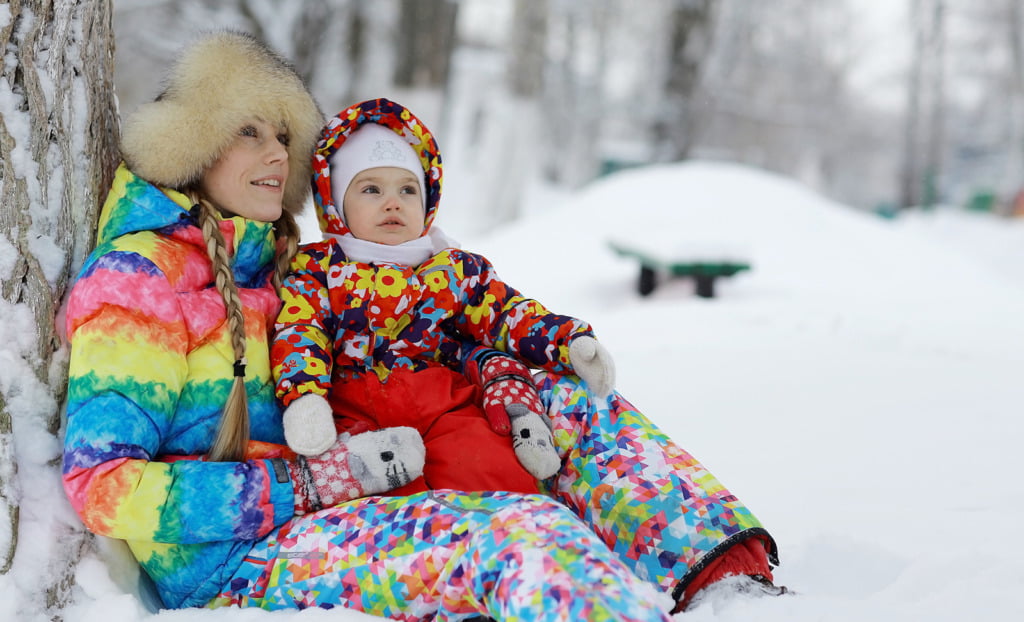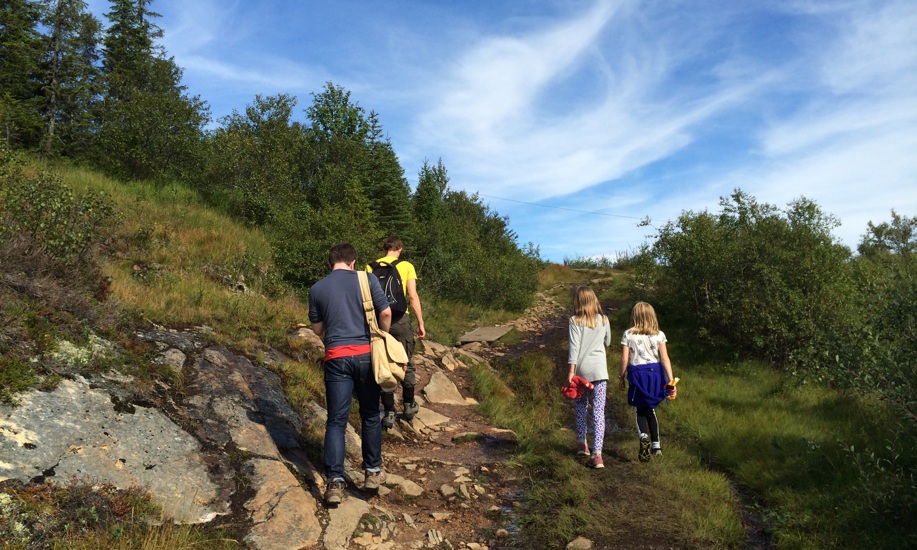Norway is known for having a high standard of living. But how does that impact life expectancy? Let's take a look at the latest facts and figures.
Scandinavia is often celebrated for its exceptional quality of life, and Norway is no exception. Renowned for its stunning natural landscapes, robust social welfare systems, and high levels of happiness, Norway consistently ranks among the top countries in the world for various measures of well-being.

A key indicator of this high standard of living is the country's impressive life expectancy. Norway's investments in public health, healthcare accessibility, and overall living conditions contribute to the longevity of its population.
This article delves into the latest statistics and trends surrounding life expectancy in Norway, offering insights into how Norwegians continue to enjoy longer and healthier lives.
How Long do Norwegians Live?
To understand life expectancy, we can take look at data produced by the World Health Organization (WHO). Life expectancy is, of course, an estimated figure based on many factors.
According to the data, a person born in Norway can look forward to living to an average of 82.9 years. This is an increase of one year from just eight years ago.
This figure is the second highest estimate in Europe behind only Switzerland. The average for Europe as a whole is 76.29, whereas the world average is 71.5.
Looking at the global rankings, Norway places sixth. The top five life expectancies in the world can be found in Japan, Singapore, South Korea, Switzerland, and Australia.

There's a significant gender difference in Norway too. A newborn boy can expect to live to an estimated age of 81.5, whereas a newborn girl can look forward to an extra few years, living to an estimated age of 84.3 years.
Life Expectancy in Scandinavia
Although the Nordic countries dominate the rankings for quality of life and happiness, they lag slightly behind in the life expectancy charts.
In 4th place (European) and 8th place (worldwide), Sweden is the best performing Scandinavian country after Norway. The average estimated life expectancy in Sweden is 82.66 years.
In 6th place (European) and 10th place (worldwide), newborns in Iceland have an estimated life expectancy of 82.58 years. Curiously, Icelandic males can look forward to one of the longest life expectancies in the world.
Life expectancies in Finland (81.53 years) and Denmark (81.18 years) are also high on a global perspective.

By way of comparison, the United States of America lags behind every Nordic nation, by a considerable amount. Life expectancy for a newborn in the U.S. is just 76.37 years.
In the Americas, Canada, Puerto Rico, Chile, Costa Rica, Panama, Antigua and Barbuda, and Barbados all rank higher than the United States.
The Healthy Norwegian Lifestyle
Norway’s impressive life expectancy is not just a product of its healthcare system but is also deeply rooted in the lifestyle choices and cultural practices of its people.
At least, that's my guess. There's no real data on this, but after more than ten years living in Norway, I can make some educated guesses on the reasons.
Active Living and Connection with Nature
Norwegians have a deep connection with nature, which plays a crucial role in their overall well-being.
The concept of “friluftsliv” (open-air living), is a cherished part of Norwegian culture. It encourages spending time outdoors, regardless of the season or the weather, fostering physical health and mental well-being.

The country’s rugged landscapes, from fjords to dense forests, offer opportunities for physical activities such as hiking, skiing, cycling, and swimming.
Of course, many Norwegians do live a sedentary lifestyle too, but I am confident in saying the average person living in Norway is more active than in most other countries.
A Balanced and Nutritious Diet
The Nordic diet is another key factor in promoting health and longevity. Traditionally, the diet is rich in fish, particularly oily fish like salmon and mackerel, which are excellent sources of omega-3 fatty acids.
Such nutrients are known to reduce the risk of heart disease, improve brain function, and support overall health. In addition to seafood, the Norwegian diet includes whole grains, fresh vegetables, berries, and dairy products, all of which contribute to a balanced diet.
While there are question marks about the amount fast food in the average diet, especially frozen pizza, the Nordic diet is a net positive overall.
Causes of Death in Norway
Understanding the leading causes of death in Norway offers valuable insights into the nation’s health challenges and the effectiveness of its healthcare system.
While Norway enjoys a high life expectancy and a broad public health infrastructure, it still faces common health challenges similar to those in other developed countries.
The primary causes of death in Norway are largely chronic diseases, with cardiovascular diseases, cancer, and respiratory conditions being the most prevalent.
What do you think about the long life expectancy in Norway? Let us know your thoughts down in the comments.



Please can anyone assist me in locating my Norwegian father? ,his name is Hans Aune.
I went to a local chapter of Sons of Norway to get more information. They were very helpful.